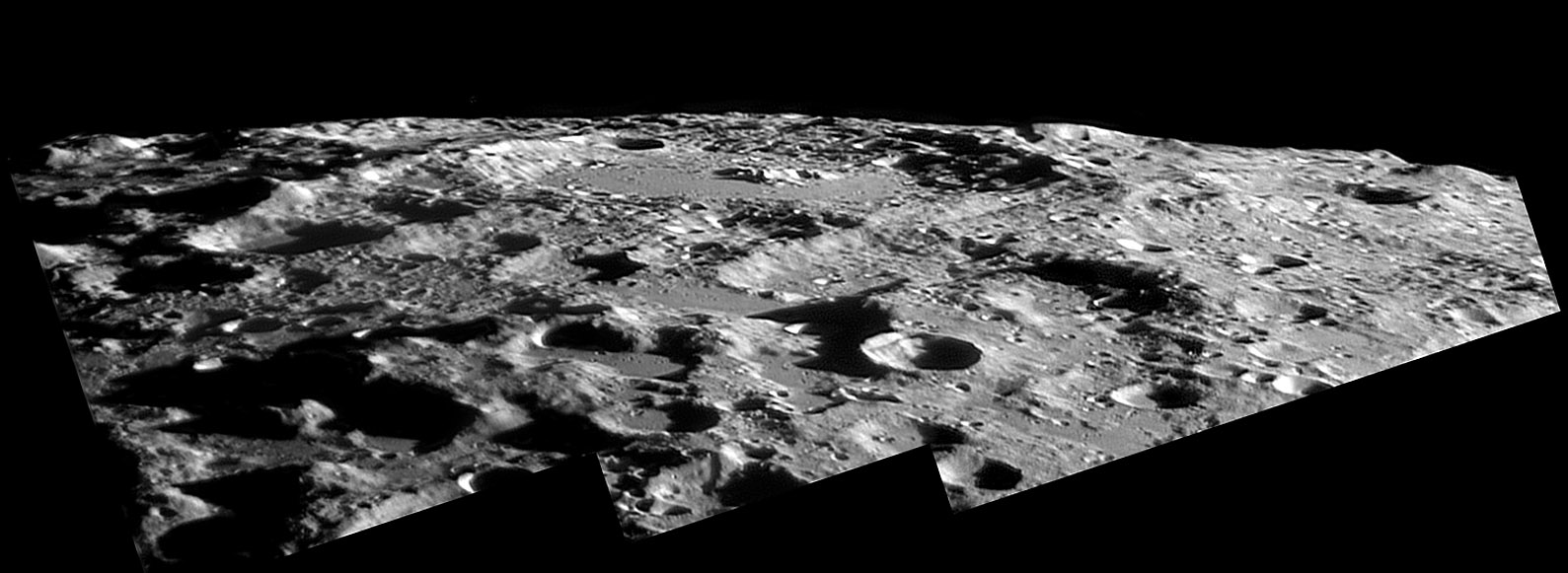Difference between revisions of "August 16, 2008"
(Created page with "__NOTOC__ =Limb Magic= <!-- ws:start:WikiTextHeadingRule:1:<h1> --> <!-- ws:start:WikiTextLocalImageRule:7:<img src="/file/view/LPOD-Aug16-08.jpg/35363405/LPOD-A...") |
|||
| (5 intermediate revisions by the same user not shown) | |||
| Line 1: | Line 1: | ||
__NOTOC__ | __NOTOC__ | ||
=Limb Magic= | =Limb Magic= | ||
| + | <!-- Start of content --> | ||
<!-- ws:start:WikiTextHeadingRule:1:<h1> --> | <!-- ws:start:WikiTextHeadingRule:1:<h1> --> | ||
<!-- ws:start:WikiTextLocalImageRule:7:<img src="/file/view/LPOD-Aug16-08.jpg/35363405/LPOD-Aug16-08.jpg" alt="" title="" /> -->[[File:LPOD-Aug16-08.jpg|LPOD-Aug16-08.jpg]]<!-- ws:end:WikiTextLocalImageRule:7 --><br /> | <!-- ws:start:WikiTextLocalImageRule:7:<img src="/file/view/LPOD-Aug16-08.jpg/35363405/LPOD-Aug16-08.jpg" alt="" title="" /> -->[[File:LPOD-Aug16-08.jpg|LPOD-Aug16-08.jpg]]<!-- ws:end:WikiTextLocalImageRule:7 --><br /> | ||
<em>image by [mailto:HP-Unigraph@gmx.de Harald Paleske], Langendorf, Germany</em><br /> | <em>image by [mailto:HP-Unigraph@gmx.de Harald Paleske], Langendorf, Germany</em><br /> | ||
<br /> | <br /> | ||
| − | Beyond [http://lpod. | + | Beyond [http://www2.lpod.org/wiki/August_4,_2008 Bailly], almost (85° W longitude) on the mean limb, is a large crater that is infrequently seen. With a diameter of 149 (or 163 km according to IAU and Rükl, respectively), [https://the-moon.us/wiki/Drygalski Drygalski] is ~50% larger than Copernicus. The only nearside craters with a relatively fresh classical Copernican look that are bigger are nearby [[April_9,_2004|Hausen]] (167 km) and distant [[March_7,_2006|view]]. <br /> |
<br /> | <br /> | ||
<em>[mailto:tychocrater@yahoo.com Chuck Wood]</em><br /> | <em>[mailto:tychocrater@yahoo.com Chuck Wood]</em><br /> | ||
| Line 16: | Line 17: | ||
Harald's excellent Solar (with Moon coming) [http://www.unigraph.de/ website]<br /> | Harald's excellent Solar (with Moon coming) [http://www.unigraph.de/ website]<br /> | ||
<br /> | <br /> | ||
| + | <p><b>Yesterday's LPOD:</b> [[August 15, 2008|Full Moon Secrets]] </p> | ||
| + | <p><b>Tomorrow's LPOD:</b> [[August 17, 2008|Just an Eclipse]] </p> | ||
<hr /> | <hr /> | ||
| − | |||
{{wiki/ArticleFooter}} | {{wiki/ArticleFooter}} | ||
Latest revision as of 08:23, 28 October 2018
Limb Magic

image by Harald Paleske, Langendorf, Germany
Beyond Bailly, almost (85° W longitude) on the mean limb, is a large crater that is infrequently seen. With a diameter of 149 (or 163 km according to IAU and Rükl, respectively), Drygalski is ~50% larger than Copernicus. The only nearside craters with a relatively fresh classical Copernican look that are bigger are nearby Hausen (167 km) and distant view.
Chuck Wood
Technical Details
2008-07-26, 4:42 UT. 408mm Newton f 8, 5 m, DMK 1/30sec. exposure, red filter, stack of 300 frames, 3 picture mosaic; seeing good (7/10)
Related Links
Rükl plates 72 & VI
Harald's excellent Solar (with Moon coming) website
Yesterday's LPOD: Full Moon Secrets
Tomorrow's LPOD: Just an Eclipse
COMMENTS?
Register, Log in, and join in the comments.



